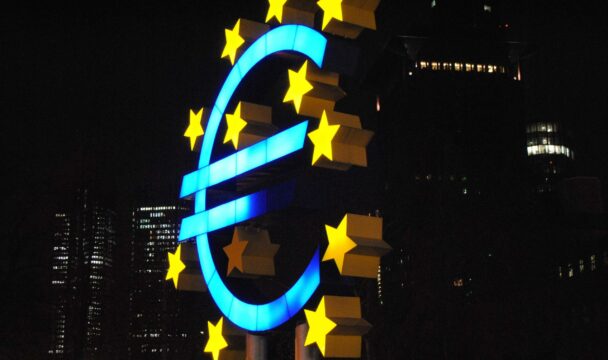Payments Industry Experts Reflect on the European Payments Initiative — What Comes Next?

The ambitious objective of the European Payments Initiative (EPI) was to lessen the long-standing reliance on the two main international card networks, Visa and Mastercard. Although 20 institutions have left the effort, the remaining 13 member banks are currently changing the project’s scope and goals to meet their reduced capability.
In a comment to The Banker, Nikulipe’s CEO Frank Breuss shared his insights on why a considerable amount of uncertainty still surrounds the project. The EPI’s funding is a particular problem, as it may be unreasonable to think that select institutions will fund the entire effort and expense of such a massive undertaking. Particularly given that they currently have revenue streams from US-based card acquiring and issuing, there isn’t enough incentive for them to do so.
“With more and more banks leaving the initiative, the project is at risk. To create a unified European payment solution without friction was a political goal; it now needs the EU and the national politics to clearly stand behind this project. It needs clear political backing and proper public funding [before I will be] convinced that the EPI can still succeed,” said Breuss.
Despite certain shareholders pulling out, those that remain continue to be convinced of the strategic need for a single payments solution. Roberto Catanzaro, group chief strategy and transformation officer at payments firm Nexi, notes that cash is the biggest competitor in the payments industry, so any effort to increase the adoption of digital payments in Europe is greatly appreciated.
“The initial plan of the EPI was to build a new European card scheme — a very ambitious objective. Now the initiative is being refocused on an account-to-account, instant payments wallet for e-commerce payments, and peer-to-peer payments. It is definitely a space where we are seeing increasing consumer demand and innovation, so this might be a good angle to take,” explained Catanzaro.
The global open banking and application program interfaces lead and managing director at Accenture, Amit Mallick, thinks there will be two advantages for the European payments industry as a result of the EPI.
“First, consumers, merchants, and regulators now prefer open, standardized payments platforms, giving providers a clear end market for open payments,” noted Mallick. “It will also level the playing field by allowing interoperability and removing the requirement for a large network of payments relationships to compete.”
If it succeeds, the EPI will contribute to Europe’s payments industry’s rising digitalization, which surged during the coronavirus outbreak, giving way to new opportunities for innovation and lowering costs. According to Breuss, the introduction of a digital euro, for example, could give the payments landscape a push in the right direction, as most of the technology and standards that are in use have been the same over the past 30 to 40 years.
With the Payment Services Directive (PSD2) review’s conclusion shotly to be released, the regulation of the European payments industry is another hot topic. Floortje Nagelkerke, partner at law firm Norton Rose Fulbright, believes that PSD2 as awhole redefined how the industry operates.
“Prior to PSD2, we saw that there was a lighter touch from a regulatory perspective towards payment institutions, compared to other financial institutions. But now there has been a rise in the number of payment institutions, and the volume of transactions these institutions are processing is having an impact on financial markets,” he commented.
The overall goal of European policymakers, regulators, and businesses is a clear, well-considered regulation that safeguards consumers, supports competition, and creates an environment that fosters innovation. All these processes add to the reduction of complexity for the payments industry.
Read the article in full here.
